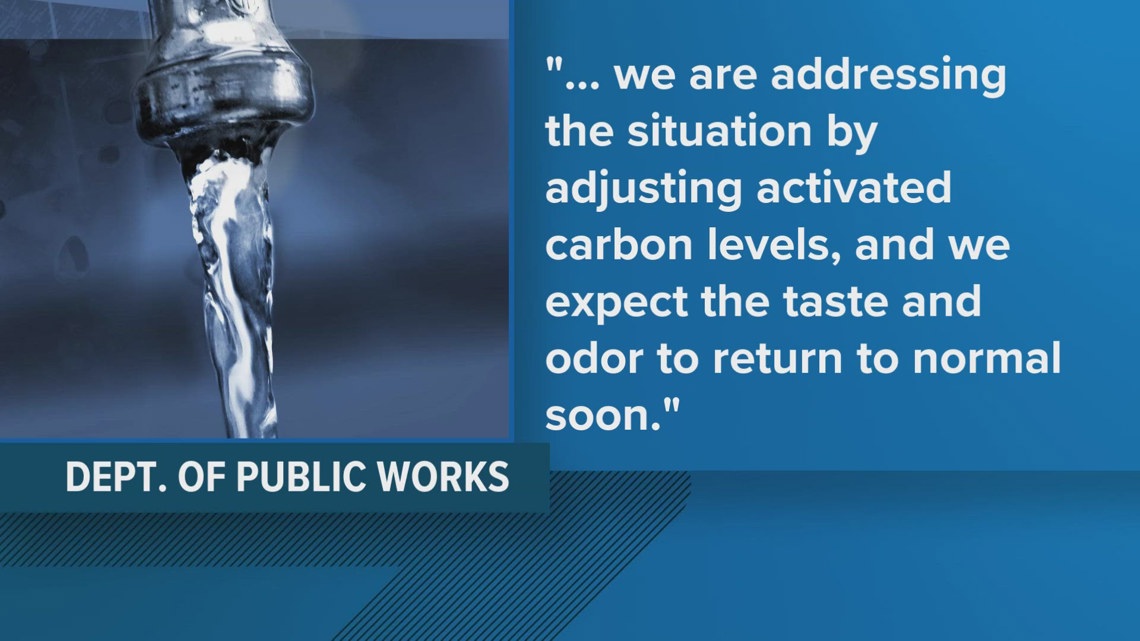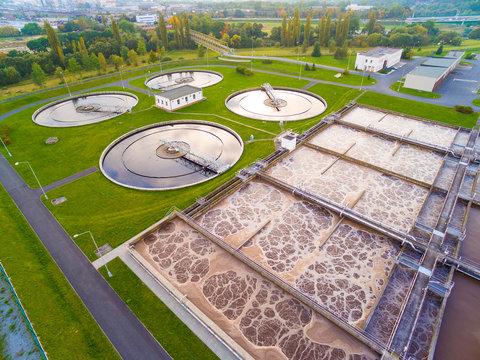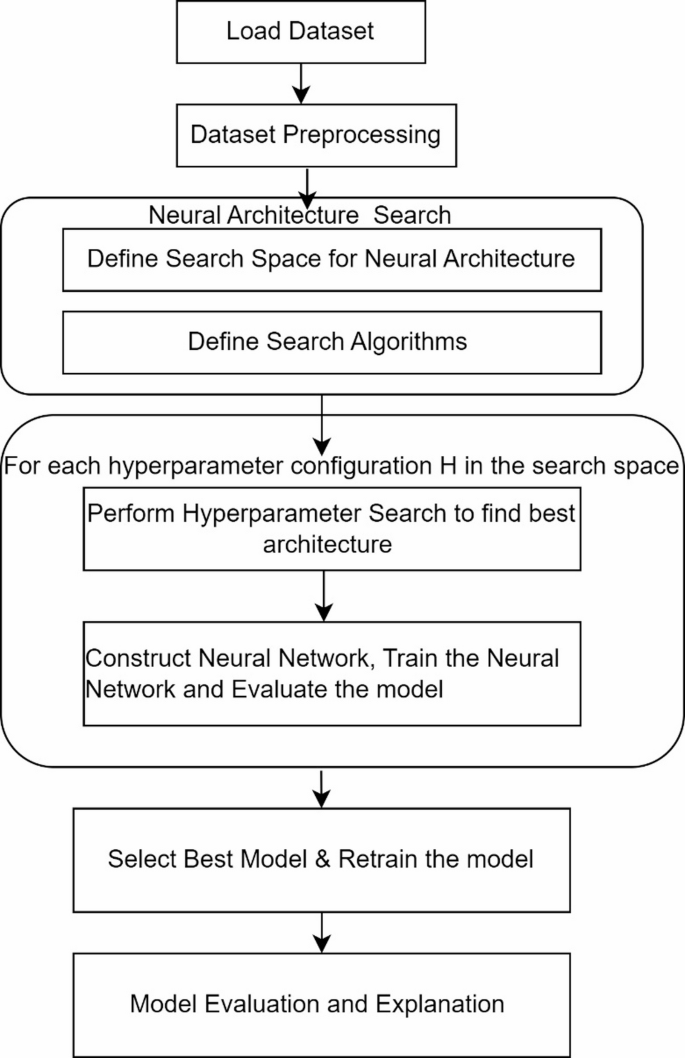Portland Water Bureau Operations Report: Ensuring Water Security and Advancing Sustainable Development Goals
1.0 Operational Status Update
The Portland Water Bureau has concluded its seasonal water supply augmentation and has reverted to providing 100% Bull Run water. This follows a period, beginning July 22nd, where the primary Bull Run supply was blended with groundwater from the Columbia South Shore Well Field. This strategic action was necessary to meet consumer demand during an unseasonably dry summer, ensuring a continuous and safe water supply.
It is noted that a transition period of up to two weeks may be required for the 100% Bull Run water to be fully distributed to all customer taps, contingent on geographic location within the service area.
2.0 Strategic Alignment with Sustainable Development Goals (SDGs)
The Bureau’s operational strategies and infrastructure investments are directly aligned with several key United Nations Sustainable Development Goals (SDGs), demonstrating a commitment to long-term environmental and community resilience.
2.1 SDG 6: Clean Water and Sanitation
The successful management of a dual-source water system directly supports SDG 6, which aims to ensure the availability and sustainable management of water for all. By leveraging both the Bull Run watershed and groundwater reserves, the Bureau guarantees access to clean, safe drinking water, even during periods of climatic stress.
2.2 SDG 11 & SDG 13: Sustainable Cities and Climate Action
The proactive blending of water sources is a critical climate adaptation strategy, enhancing the resilience of Portland’s water system against the impacts of climate change, such as prolonged dry seasons. This contributes to:
- SDG 13 (Climate Action): By implementing adaptive measures to safeguard water resources from climate-related hazards.
- SDG 11 (Sustainable Cities and Communities): By ensuring the region’s infrastructure can provide reliable essential services, making the community more sustainable and resilient.
As stated by Water Bureau Director Quisha Light, “Keeping our water clean and safe during longer dry seasons means taking care of the systems that deliver it.”
3.0 Infrastructure Investment and Future Planning
3.1 SDG 9: Industry, Innovation, and Infrastructure
Sustained investment in water infrastructure is fundamental to providing reliable service and is a core component of SDG 9, which focuses on building resilient infrastructure. Ratepayer funding is instrumental in enabling the Bureau to maintain and upgrade its systems. Key investment areas include:
- Ongoing maintenance and improvements to existing infrastructure.
- Development of a new filtration facility and associated pipelines to safeguard water quality for nearly one million people.
- Management of a dual-source system to enhance adaptability and reliability.
These investments ensure the long-term viability of the water supply for current and future generations.
4.0 Human Capital and Asset Management
4.1 SDG 8: Decent Work and Economic Growth
The delivery of safe water is a complex operation managed by a highly skilled workforce, contributing to SDG 8 by providing stable and skilled employment. The system’s operation relies on:
- Over 600 skilled employees, including engineers, construction crews, certified operators, and customer service staff.
- The effective management of infrastructure assets valued at $25 billion, including pipes, pumps, tanks, and reservoirs.
Director of Operations Kimberly Gupta noted, “it takes the hard work of engineers, construction crews, customer service staff, certified operators and more to continually deliver safe water.” This highlights the essential human element in maintaining a resilient and sustainable water system.
Analysis of Sustainable Development Goals in the Article
1. Which SDGs are addressed or connected to the issues highlighted in the article?
- SDG 6: Clean Water and Sanitation: This is the primary goal addressed. The article is entirely focused on the provision of clean, safe, and reliable drinking water by the Portland Water Bureau, including the management of water sources and infrastructure.
- SDG 9: Industry, Innovation and Infrastructure: The article heavily emphasizes the importance of investing in and maintaining water infrastructure. It discusses the need for a “new filtration facility and pipelines” and the ongoing work to maintain “$25 billion worth of infrastructure” to ensure a resilient water system.
- SDG 11: Sustainable Cities and Communities: The article discusses providing an essential service (clean water) to a large urban population of “nearly one million people.” Ensuring a reliable water supply is fundamental to making cities and human settlements inclusive, safe, resilient, and sustainable.
- SDG 13: Climate Action: The article directly links the water management strategies to climate change impacts. It mentions the need to supplement the water supply due to an “unseasonably dry summer” and the importance of adapting to a “changing environment,” which points to building resilience against climate-related hazards like droughts.
2. What specific targets under those SDGs can be identified based on the article’s content?
-
SDG 6: Clean Water and Sanitation
- Target 6.1: “By 2030, achieve universal and equitable access to safe and affordable drinking water for all.” The article’s core theme is the provision of “clean, safe drinking water” to the “nearly one million people who depend on it.”
- Target 6.4: “By 2030, substantially increase water-use efficiency across all sectors and ensure sustainable withdrawals and supply of freshwater to address water scarcity…” The article describes the “careful management of the groundwater system” and the blending of two water sources to meet needs during a “dry summer,” which is a strategy to ensure a sustainable supply and address water stress.
- Target 6.5: “By 2030, implement integrated water resources management at all levels…” The practice of blending water from the Bull Run watershed (surface water) with groundwater from the Columbia South Shore Well Field is a direct example of integrated water resources management.
-
SDG 9: Industry, Innovation and Infrastructure
- Target 9.1: “Develop quality, reliable, sustainable and resilient infrastructure… to support economic development and human well-being…” The article highlights that the “ability to reliably provide clean, safe water for future generations depends on sustaining investments in our water system.” It mentions plans for a “new filtration facility and pipelines” and maintaining existing infrastructure to create a “resilient water system.”
-
SDG 11: Sustainable Cities and Communities
- Target 11.5: “By 2030, significantly reduce the number of deaths and the number of people affected… by disasters, including water-related disasters…” By ensuring a reliable water supply “no matter the weather” and adapting to “longer dry seasons,” the Portland Water Bureau is actively working to mitigate the impacts of climate-related water shortages (droughts) on its community, thus enhancing urban resilience.
-
SDG 13: Climate Action
- Target 13.1: “Strengthen resilience and adaptive capacity to climate-related hazards and natural disasters in all countries.” The bureau’s strategy of using a secondary groundwater source to supplement the main supply during an “unseasonably dry summer” is a clear example of building adaptive capacity to climate-related hazards.
3. Are there any indicators mentioned or implied in the article that can be used to measure progress towards the identified targets?
- Population with access to safely managed drinking water: The article states that the system provides water for “nearly one million people,” which serves as a direct measure of the population being served, relating to Target 6.1.
- Operational status of different water sources: The article implies an indicator of water stress and management by detailing when the secondary groundwater source is used. The statement about returning to “100% Bull Run water” after a period of blending indicates a system for monitoring and managing water resources based on availability, relevant to Target 6.4.
- Investment in water infrastructure: The article mentions “investing in maintenance and improvements,” planning a “new filtration facility and pipelines,” and managing “$25 billion worth of infrastructure.” The amount of financial investment (funded by ratepayers) can be used as an indicator for progress on Target 9.1.
- System resilience during extreme weather events: The ability to “provide clean, safe drinking water to the region despite this year’s unseasonably dry summer weather” is an implied indicator of the system’s resilience and adaptive capacity, which is relevant to Targets 11.5 and 13.1.
4. Summary Table of SDGs, Targets, and Indicators
| SDGs | Targets | Indicators (Implied from the article) |
|---|---|---|
| SDG 6: Clean Water and Sanitation | 6.1: Achieve universal and equitable access to safe and affordable drinking water for all. | The number of people served with clean, safe drinking water (stated as “nearly one million people”). |
| SDG 6: Clean Water and Sanitation | 6.4: Ensure sustainable withdrawals and supply of freshwater to address water scarcity. | Activation and use of a secondary water source (groundwater) during periods of low supply (“dry summer”). |
| SDG 9: Industry, Innovation and Infrastructure | 9.1: Develop quality, reliable, sustainable and resilient infrastructure. | Financial investment in water infrastructure (e.g., “new filtration facility and pipelines,” maintenance funded by ratepayers). |
| SDG 11: Sustainable Cities and Communities | 11.5: Reduce the number of people affected by disasters, including water-related disasters. | Continuous provision of water during extreme weather events (“unseasonably dry summer”). |
| SDG 13: Climate Action | 13.1: Strengthen resilience and adaptive capacity to climate-related hazards. | Implementation of a dual-source water system to adapt to climate variability (“changing environment”). |
Source: portland.gov






